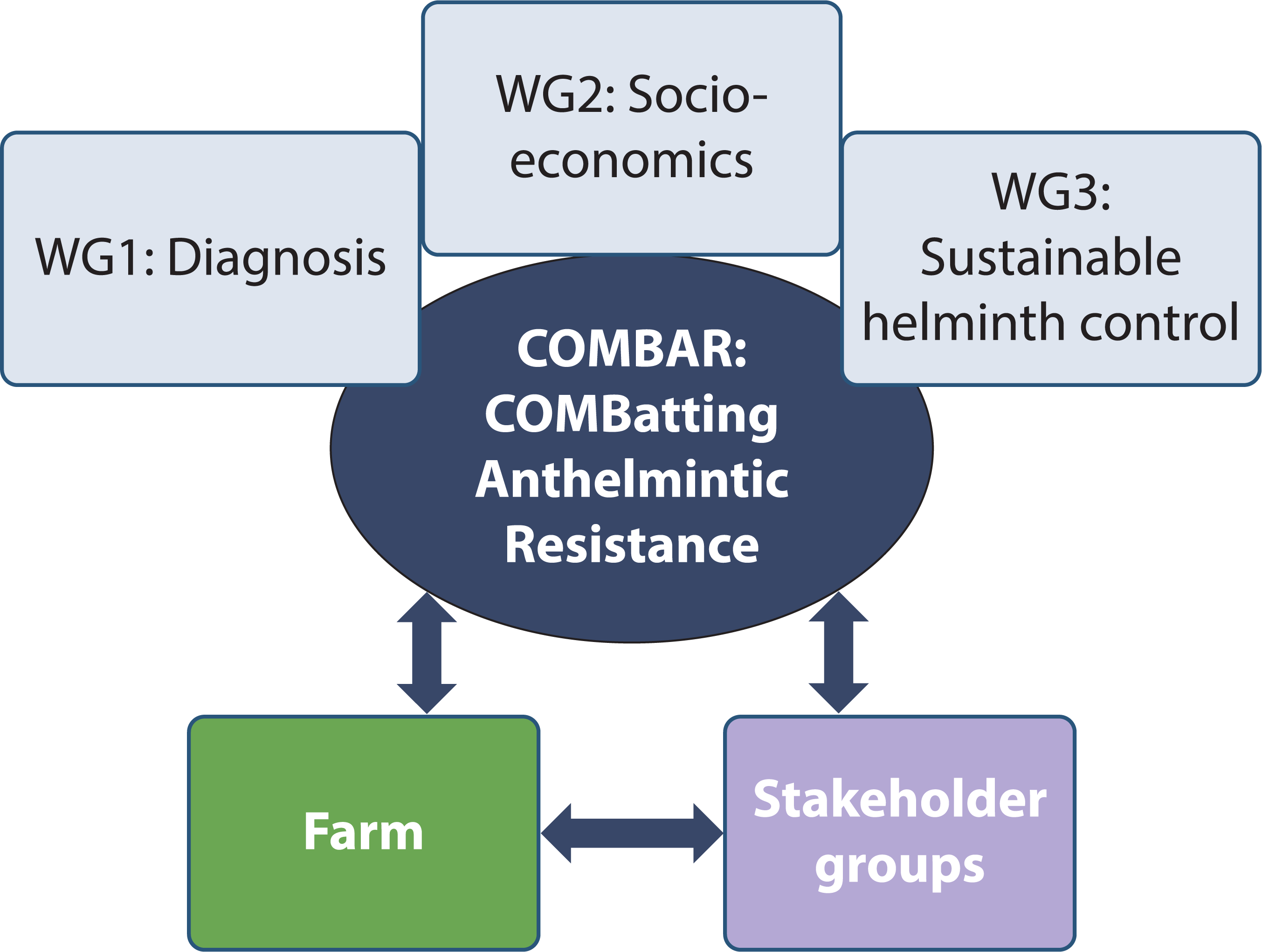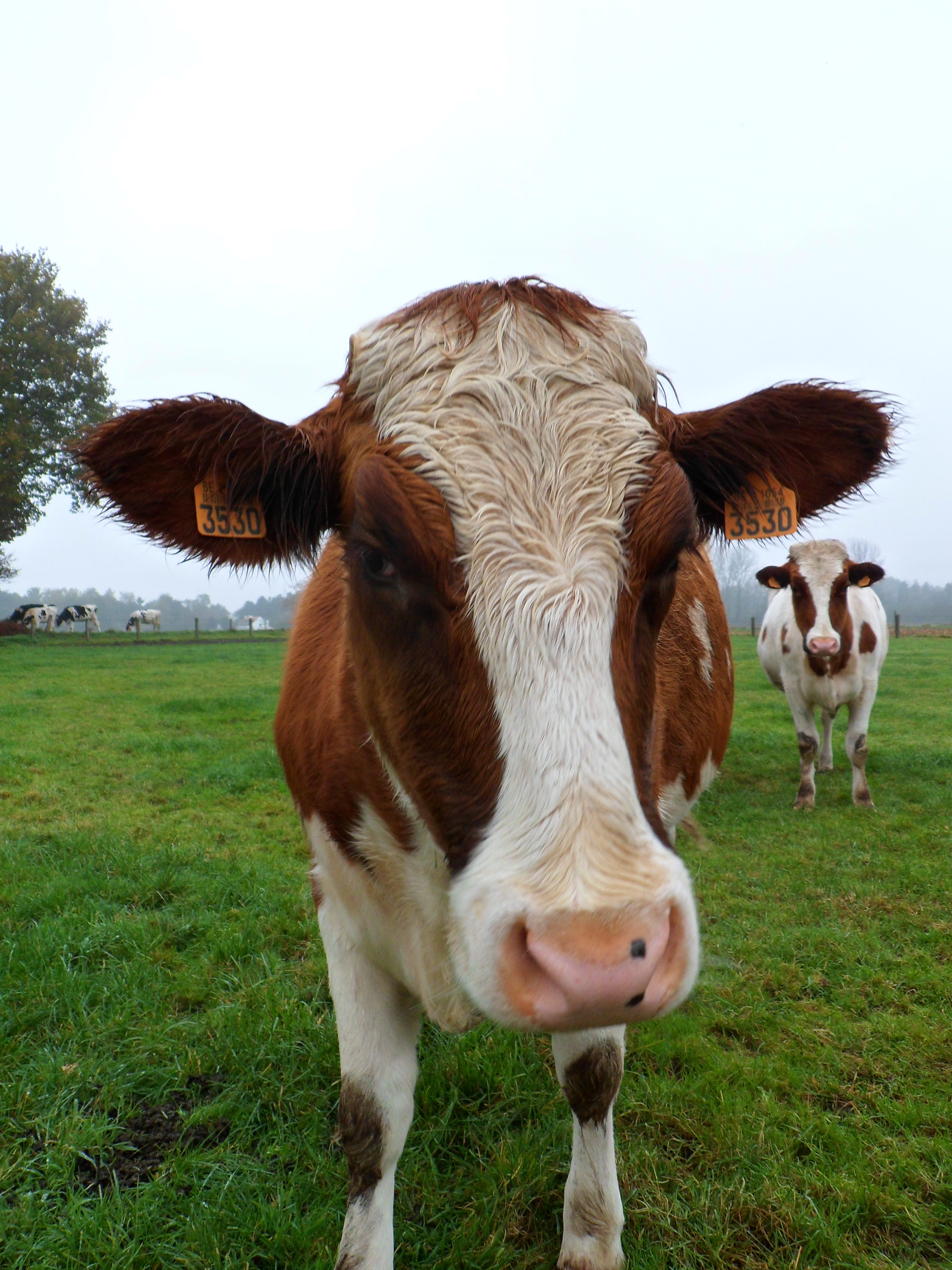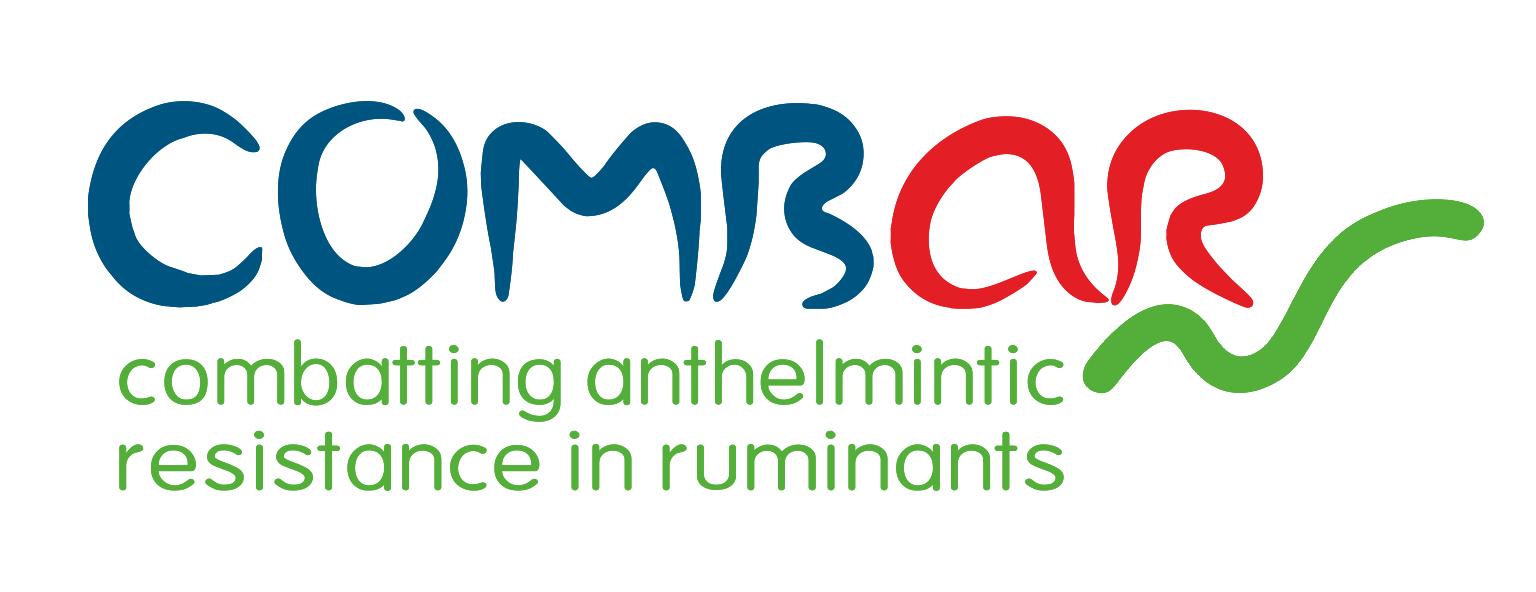Executive summary
Helminth parasitic pathogens cause severe disease and are amongst the most important production-limiting diseases of grazing
ruminants. Frequent anthelmintic use to control these infections has resulted in the selection of drug resistant helminth
populations. Anthelmintic resistance (AR) is today found in all major helminth species across Europe and globally. COMBAR
will advance research on the prevention of anthelmintic resistance in helminth parasites of ruminants in Europe and disseminate
current knowledge among all relevant stakeholders. By gathering parasitologists, social scientists and agricultural economists,
COMBAR will bring together a multi-disciplinary blend of scientists that do normally rarely interact. Inclusion of SMEs
and industry in the consortium will facilitate the dissemination of knowledge and novel technologies to the animal health
playing field. COMBAR will integrate novel developments in the field of (i) diagnostic tests; (ii) vaccines to protect
animals from infection; (iii) anti-parasitic forages, (iv) selective treatment strategies and (iv) decision support tools.
By evaluating those novel technologies and assessing their economic trade-offs and barriers to uptake in a European coordinated
approach, COMBAR will tackle AR.
Action’s main web page: http://www.cost.eu/COST_Actions/ca/CA16230
MoU: MoU_CA16230-e.pdf
Timetable
COMBAR was launched on 19 September 2017 and will end on 18 September 2021
Objectives
1. Research coordination objectives
Our general objective is to advance, consolidate and disseminate research and knowledge on the prevention of anthelmintic
resistance (AR) in helminth parasites of ruminants.
Previous research has resulted in the evaluation of innovative strategies to mitigate AR. More specifically, through the
development of (i) novel diagnostic tests for helminth infections and detection of AR; (ii) vaccines to protect animals
from infection and prevent further spread; (iii) targeted selective drug treatment strategies and (iv) decision support
tools. However, none of these initiatives can tackle the spread of AR on their own. Researchers from these different
disciplines need to interact for developing more comprehensive and effective means to manage AR and, moreover, to implement
these tools in the field. So far, the knowledge of each of these disciplines has largely remained concentrated within
specialised research projects and associated consortia.
The aim of this project is, therefore,
to bridge the gap between the different disciplines that have developed individual approaches to tackle AR in ruminants.
This will result in new, smart combinations of alternative and complementary technologies and best practice guidelines.
In order to reach the major players in the animal health industry, we also need to understand how veterinarians, farmers
and pharmaceutical companies perceive helminth control and how proposed approaches to tackling AR can be implemented
successfully under different environments and husbandry practices throughout Europe. Therefore,
we also need to bring on board techniques and knowledge from previously untapped areas of science, more specifically,
(i) the economic sciences to understand the financial benefits and trade-offs involved in implementing new methods to
fight AR and (ii) the social sciences to understand human behaviour with regards to helminth control e.g. anthelmintic
product choice, and barriers to uptake of best practice advice.
2. Capacity-building Objectives
It is key to spread and further develop the knowledge to combat AR across Europe and bring these novel technologies to the
animal health sector. This project will place strong emphasis on the organisation of training in new techniques and establishing
links with the private sector to achieve translation of these novel technologies to the market. The technical know-how
of the network will support efforts to take new tools to market and enable them to be more fully used by veterinary practitioners
and farmers.
Therefore,
training workshops and STSMs will be organized on specific topics:
- Novel laboratory and point-of-care diagnostics for helminth infections and AR.
- Non-chemoprophylactic control approaches.
- Modelling helminth epidemiology and control measures.
- Economics of animal health and production.
- Socio-psychological science methodologies in animal health research. In addition, we will organize pilot studies
on market introduction of multi-species diagnostic tools and an Exhibition/Fair to showcase academic technology
to animal health companies both at national and European level.
Working Groups

WG 1: Improving Diagnosis
Objective: To prioritise, evaluate and implement cost-effective methods for the diagnosis of helminth infections and
AR.
The development of low-cost, easy-to-use, multiplex and/or pen-side diagnostic systems for the major helminth
infections of ruminants is of high importance to implement diagnostic approaches in helminth control. Currently,
each institution and country is using its own diagnostic system. Moreover, most novel tests are only available
in a few well equipped research institutions (e.g. MT-PCR, LAMP or bead-based multiplex systems), and mostly
not yet in the field. There is a need to compare the performance and cost-effectiveness of the different available
diagnostic platforms across countries. In WG1, we will exchange knowledge of the available diagnostic tests/platforms
across the consortium and prioritise tests with a broader applicability or industry appeal and high TRL.
The detection of AR has been improved and made more cost-effective by the use of composite faecal samples and the
development of DNA-based methods for precise identification of the parasite species surviving anthelmintic treatment.
These technologies now need to be further validated and disseminated over the COMBAR parasitological research
institutions and where appropriate implemented in commercial veterinary diagnostic labs.

WG2: Understanding the socio-economic aspects
Objective: To develop, disseminate and apply methods to study the economics and human behaviour in the field of helminth
control in ruminants
There is a lack of understanding of economic effects at farm-level of novel parasite control approaches. Such
information is critical before well-founded recommendations can be given. Moreover, in contrast to earlier beliefs,
a farmer’s management decisions are not only based on rational economic considerations, but also depend on intrinsic
factors like attitude, risk perception, social norms and trust. Socio-psychological models can help to identify
intrinsic motivations on farmers’ decision making processes. Conceptual models that identify all the important
factors to predict farmer behaviour can be developed based on theoretical models from human behaviour sciences.
Because the available literature on farmers’ behaviour in animal health is limited to specific non-parasitic
issues and a general understanding is missing, qualitative research is necessary to fill the gaps in the literature,
and to construct working hypotheses for quantitative studies. This will be addressed by in-depth interviews and
focus group meetings including the different stakeholders in helminth control: farmers, veterinarians and external
experts (covering farmer and animal health organisations, academics and industry). Based on the results of the
qualitative research and the scientific literature, theoretical frameworks will be drawn, which then will be
validated using large-scale surveys.

WG3: Innovative, sustainable control methods
Objective: To develop practical and sustainable helminth control strategies that integrate current insights from diagnostics,
TT/TST approaches, epidemiology, vaccinology, farm economics and human behaviour.
Researchers across Europe have developed a panel of indicators that can be used to optimise anthelmintic usage,
and slow the development of AR without compromising animal productivity in sheep, cattle and goats. Several experimental
anti-helminth vaccines are available and anti-parasitic forages have shown good efficacy. Further coordination,
debate and experiments are required for these technologies to replace current practices or alternatively, to
see how they can be integrated. Such evaluation will depend on the use of predictive models of parasite epidemiology
to explore a multitude of scenarios. Moreover, novel approaches should be supported by Decision Support Systems
(DSS) to guide effective action by the producer. In addition to technical advances in the available diagnostic
inputs to such a system, outputs must be cognisant of economic and other drivers of farmer decisions in order
to effect the behavioural change that is needed to underpin sustainable worm control. WG3 therefore seeks to
combine refined understanding of both parts of this equation (WG1 and WG2) to devise and assess effective DSS
for worm control across a range of European ruminant production systems. This requires prioritisation and consensus
across the consortium but, more importantly, active engagement with potential end-users at an early stage in
the development process.



